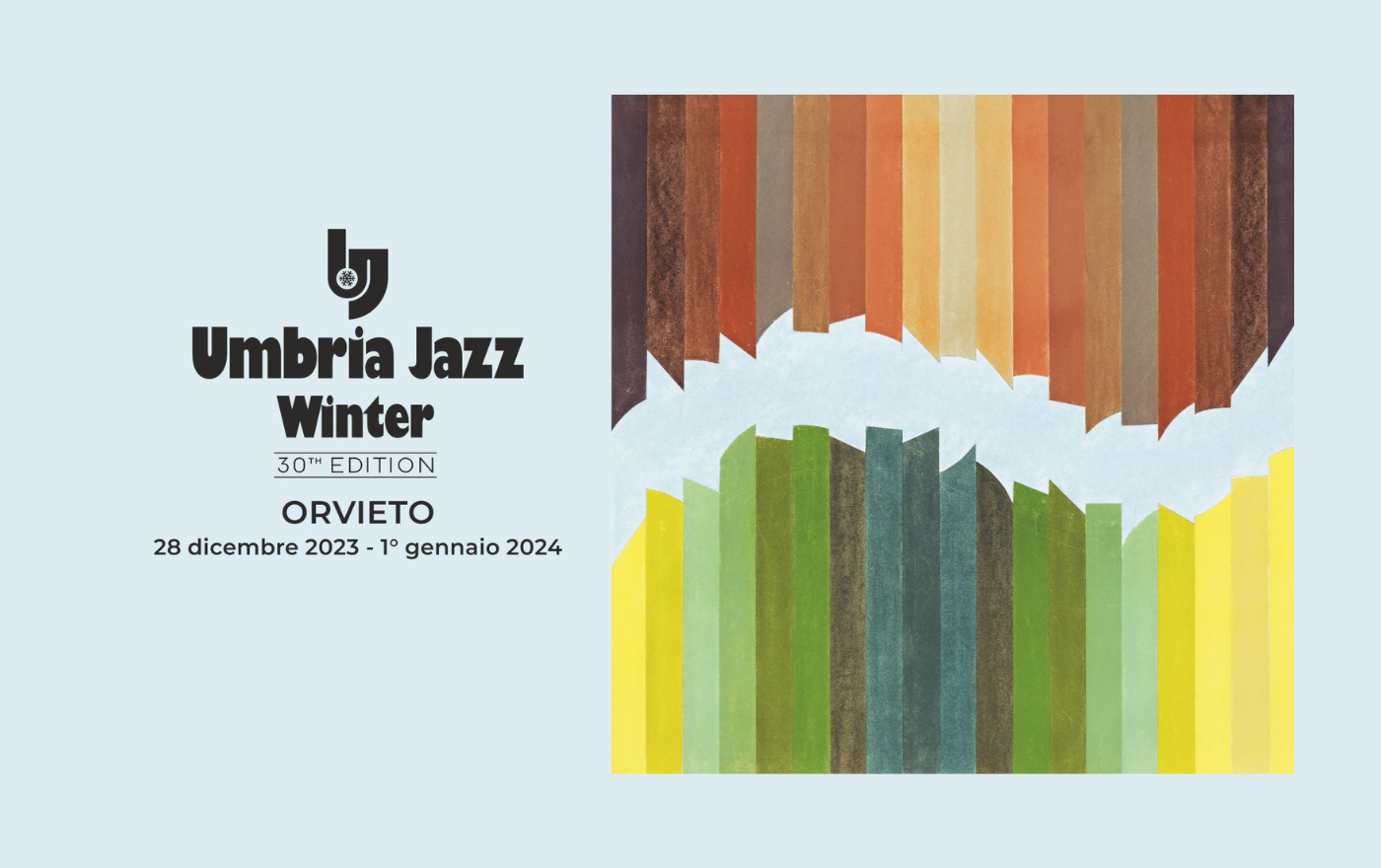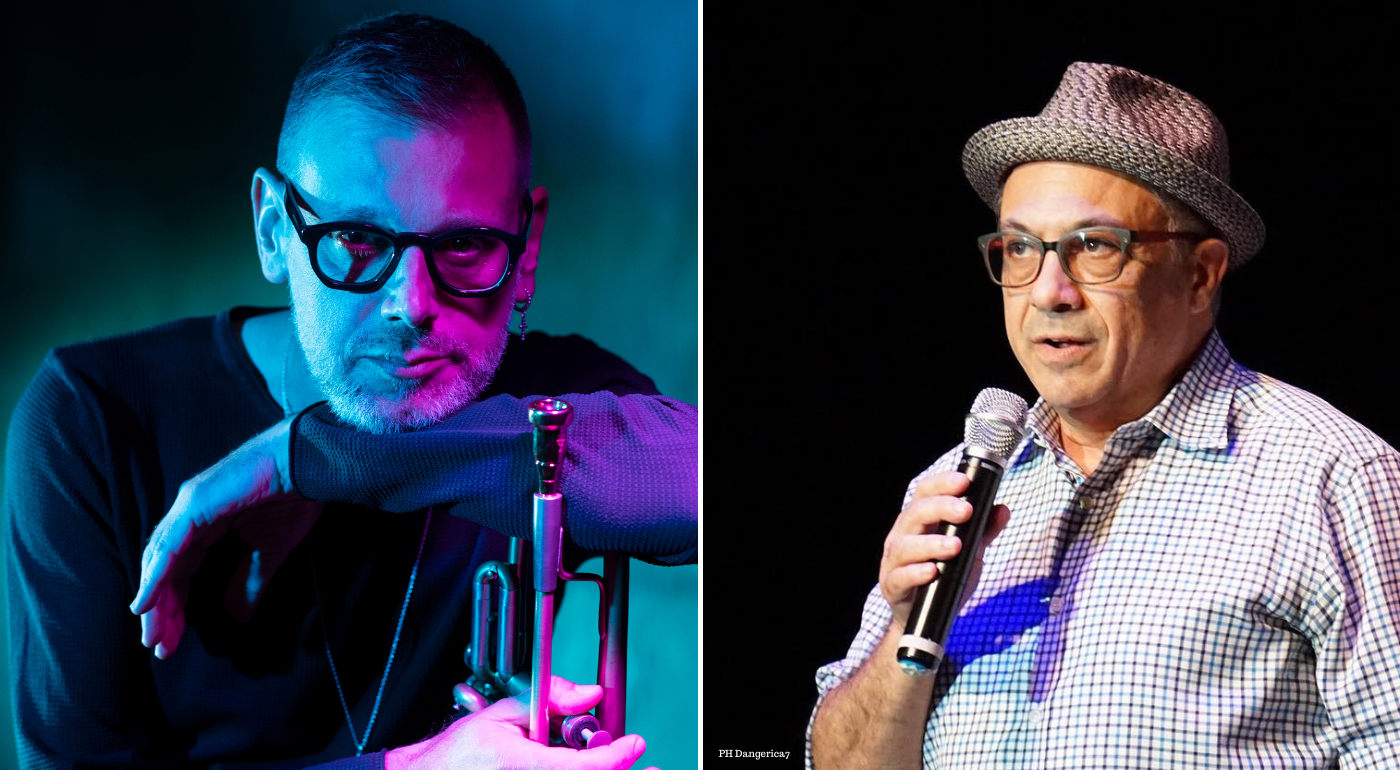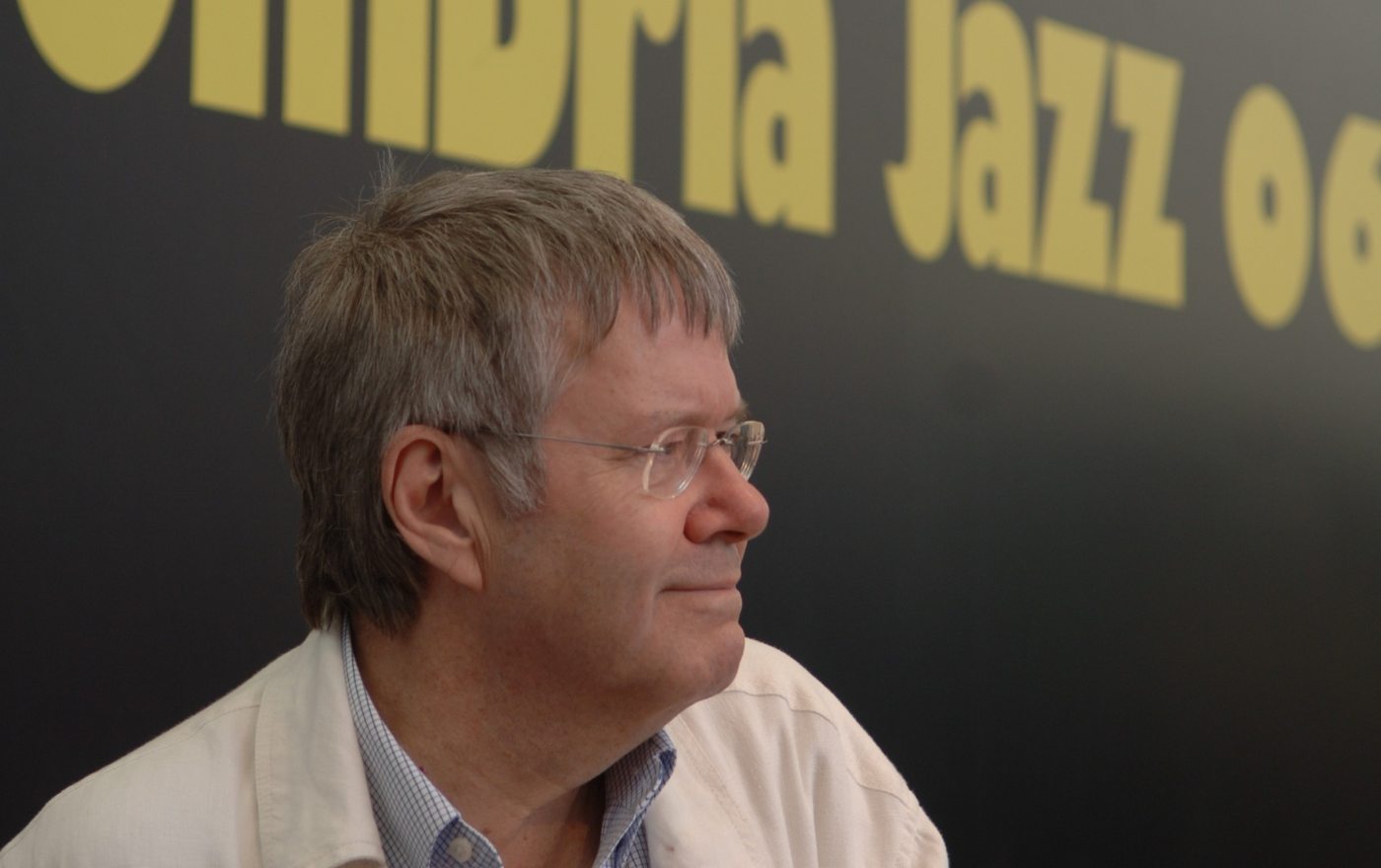
Umbria Jazz Winter turns 30
In 1993, Umbria Jazz was experiencing a phase of tremendous growth, thanks also to the support – for the first time – of significant commercial brands that sponsored the Festival and brought it to become a worldwide event. The Festival was ready to make a new bet: a “twin” event in winter. It was undoubtedly a risk, but the risk has always been in the DNA of Umbria Jazz, and the fact that the same – successful – idea came to other great European festivals was comforting, such as the North Sea Jazz Festival in the Netherlands, which had created a fall event in Maastricht. A festival held between Christmas and New Year was a novelty and, somehow, filled a gap in Umbria’s cultural and tourist offer.
Orvieto was the selected town for the beauty of its historical center, the appropriate venues (the Teatro Mancinelli, the halls of the Palazzo del Capitano del Popolo, the Palazzo dei Sette, big catering facilities…), plus the favorable geographical position of the town along the motorway and railway connecting Rome to Florence. Some factors were crucial: the enthusiasm of locals, from institutions to the world of commerce, and – as usual – the support of the Region. This enthusiasm has continued for thirty years.
From the beginning, there were some similarities with the summer festival of Perugia, but there were considerable differences, too. The formulas were similar: non-stop music in the city center in a uniquely beautiful and charming landscape. The different time of the year required original artistic choices: a musical identity. The Festival took place in indoor venues and couldn’t nor wanted to open up to great audiences. Hence, curious programs – “cultured” but not elite – were selected to prefer the artistic quality to the popularity. This is why some of the key moments in the history of Umbria Jazz happened in Orvieto: the magic duo Jim Hall – Bill Frisell was an unforgettable night, even for the shrewdest jazz festivalgoer. And then Roy Hargrove, Martial Solal, Jan Garbarek, Brad Mehldau and many others. A fundamental emphasis is on the chamber music section held at the Museo Emilio Greco, which can be considered the symbol of the most authentic soul of UJW.
Another distinctive feature of Umbria Jazz Winter is that most artists are residents, so people can listen to them every day of the Festival and set up a daily plan at their own will. The residency also allows combinations between musicians and/or presentations of different projects from the same artist. Artistic Director Carlo Pagnotta properly used all these opportunities.
Over the years, the Festival changed its approach and added a more determined section for tourists with New Year’s Eve events and a gospel choir performance in the magnificent Cathedral in the afternoon of New Year’s Day, the World Day of Peace. This performance also has a solid cultural and spiritual significance, not to mention the spectacular impact of the marching band (Funk Off, obviously!).
Thirty years later, ultimately, Umbria Jazz Winter is a Festival with an important path behind it that describes it as an event with a precise and solid identity. There are few 30-year-old Italian jazz festivals, and even fewer can boast such a quality program. In the year of anniversaries, thirty years of the Orvieto Festival must be celebrated with the most dedicated participation.
NUMBERS
- Five days of Festival;
- 120-140 hours of music;
- 22 bands; 79 events;
- about 140 artists;
- 7 venues.
NOBODY TOUCH THE FORMULA
The thirtieth anniversary follows the usual and well-defined formula of Umbria Jazz Winter, re-proposing venues and times in the most extensive and complete articulation.
The Festival starts at 11.30 am with the street parade of Funk Off and ends late at night. It is a non-stop music festival where people can set up their plans, thanks to the fact that most artists are residents. The venues – in the heart of the city center – are the Teatro Mancinelli, the Sala dei 400 and the Sala Expo of the Palazzo del Capitano del Popolo, the Palazzo dei Sette, the Museo Emilio Greco. The town’s streets, where Funk Off performs daily, are another peculiar venue. The Cathedral will host the gospel choir in the afternoon of New Year’s Day, the World Day of Peace.
Dinners to celebrate the New Year with good live music will take place at the Palazzo dei Sette – Meeting Point Bistro and at the Sala Expo of the Palazzo del Capitano del Popolo. There will also be Jazz Lunches and Jazz Dinners for those who want to combine music with the fine cuisine of Orvieto. Non-stop music hits the stage at the Palazzo dei Sette from lunchtime until late at night.
ASHLEY KAHN: BLINDFOLD TEST WITH CÉCILE MCLORIN SALVANT IN COLLABORATION WITH DOWNBEAT
Music critic and journalist Ashley Kahn – one of the greatest writers of contemporary jazz literature – will give a blindfold test to Cécile McLorin Salvant. Leonard Feather invented these tests for the historic magazine DownBeat more than sixty years ago. The test will take place on December 30th at 11 am at the Sala dei 400 of the Palazzo del Capitano del Popolo (free admission).
A musician listens to songs and has to guess the author. In any case, it’s an exchange of views that often results in an in-depth analysis of music and the artist. It’s not a sort of TV quiz show but a reasoned examination of a musician, a genre, a song.
The blindfold test is an exciting opportunity for knowledge for jazz lovers, also for the level of the interviewer and the artist involved.
THIRTY YEARS OF FESTIVAL IN THE POSTER EXHIBITION
An exhibition of the festival posters summarizes a 30-year-old story. It’s an overview of the images that have announced Umbria Jazz Winter at every edition. The exhibition is hosted at the Fondazione Cassa di Risparmio di Orvieto and is open from December 7th (the official opening follows the festival’s press conference) to January 7th.
UJ4KIDS
The Fondazione Umbria Jazz continues the initiative dedicated to children, in collaboration with schools and institutions, to make music more familiar, promote the development of sensitivity for sound, accustom them to music listening, and stimulate creativity. The idea is also to show music as a formidable tool for socializing, sharing and inclusion.
Two events are scheduled on December 29 and 30 at the Teatro del Carmine; another one, on December 31, will take place in the squares and streets of the city center.
The first event, “La Musica delle Emozioni”, will involve students from the Primary School of Ciconia of the “Orvieto – Montecchio” Comprehensive Institute. The event will focus on “body movements, perception of rhythm and physical activity”: music is an instrument of growth for children. The second one is a “Clown Concert” featuring Le Clownné & Little Brown Jug Band: a musical clown show for everyone.
On December 31, “La Buona Strada”, an itinerant of music, readings and juggling, will take place from Piazza della Repubblica to Piazza Duomo, through the streets of the city center, with the youth band of the “Luigi Mancinelli” Philharmonic of Orvieto.
GIAN LUCA LAURENZI, President of the Fondazione Umbria Jazz:
“We did everything possible – in conditions that were not very easy – to best celebrate the thirtieth anniversary of Umbria Jazz Winter. We believe we have succeeded. We will use all the venues of the past editions and set up an artistic program worthy of the anniversary.
The Orvieto Festival is important to us for its history – there are few 30-year-old Italian jazz festivals – and for expanding the regional dimension of the Umbria Jazz brand, then further extended to Terni. Umbria Jazz has become a system of festivals that makes Umbria one of the world’s centers for jazz music. This system is unified by a red thread that connects culture, tourism and quality of life”.
_____________________________________
Radio Monte Carlo | Umbria Jazz Official Radio


